Many matsuri, or traditional Japanese festivals, are held in spring and autumn. This is because the lively events are related to rice cultivation. Crop planting starts in spring and the harvest season is in autumn. We hold spring festivals hoping for a good harvest, and the autumn festivals are for appreciating the good harvest. Kawagoe Matsuri (川越祭り) is a beautiful autumn festival near Tokyo.
One of the most photogenic scenes of a Japanese festival is the floats, which are beautifully decorated. But you may not be able to see them in larger cities like Tokyo because of the busy and narrow streets and electric wires. That’s why I especially recommend the Kawagoe Matsuri. Kawagoe is a beautiful town not far from Tokyo, and the traditional backdrop makes this festival extra interesting. It is held every year on the third Saturday and Sunday of October.
History of Kawagoe Matsuri
There was a big fire in 1638 in the Kawagoe castle town, and half of the town burnt down. One year later, Matsudaira Nobutsuna, a high-rank minister of the Tokugawa Shogunate, came to Kawagoe to reconstruct the town. In 1648, he donated two portable shrines, a lion head for the dance, and drums to the local Hikawa Shrine. And this is when the parade of the portable shrine started as a Shinto ritual.
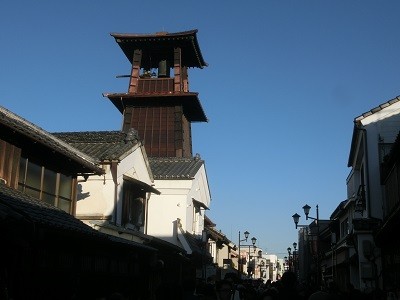
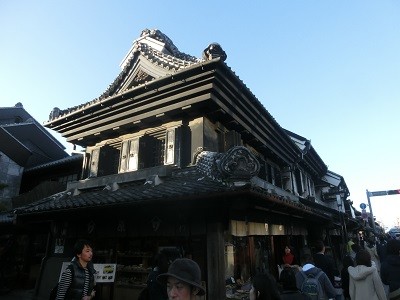
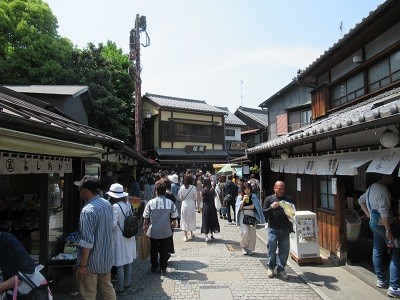
Gradually, the merchants of Kawagoe became wealthy after the redevelopment of the town. Then they started to build floats for the festival. Kawagoe Matsuri is influenced by the Kanda Festival, one of the three big festivals during the Edo period (1603 – 1867). The Kanda Festival is held in Tokyo, but they don’t use floats anymore. So, the Kawagoe Festival has kept the tradition of an important festival. In 2005, it was designated as an Important Intangible Folk Cultural Property by the national government. Then in 2016, it was listed as Intangible Cultural Heritage by UNESCO together with 32 other festivals in Japan.
Characteristics of Kawagoe Matsuri
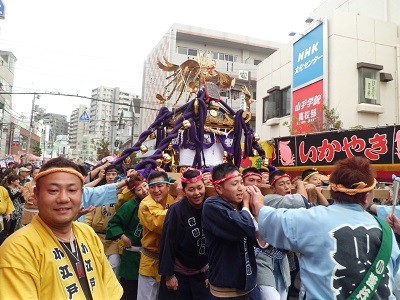
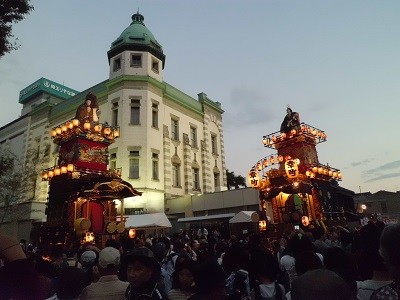

There are 29 floats, which are owned by each district of Kawagoe. During the festival, they drag the floats through town and play music on the floats. Each float has a doll on top whose theme is derived from mythology, historical heroes, local folk stories, noh plays, etc. Some floats were made during the Edo period, making them over 150 years old. Many floats were made by the same craftsmen who made the floats for the Kanda Festival. They also have portable shrines that are carried by many people.
One of the best points of the festival is that the floats parade through streets lined by traditional warehouses. These houses make Kawagoe a special place. It feels like being transported back in time to the Edo period. So, the town of Kawagoe is also called ‘Koedo’, which means Little Edo.
Hikkawase is one of the highlights of the festival. When two floats happen to face each other, they stay there a while and play their own music. It looks like they are fighting. Another event you should definitely stick around for is the light-up. Once evening falls, they turn on the lights of the paper lanterns, creating a magical atmosphere.
Food Stalls and Game Stalls
Street food sold in temporary stalls is one of the main attractions of the festival. Typical festival foods are takoyaki (octopus balls), okonomiyaki (Japanese pancake), yakisoba (fried noodles), and yakitori (chicken on a stick).
You can try playing some traditional games, too. Scooping goldfish is very popular. You need to scoop the fish with a paper scoop which easily tears when it gets wet. But experts can get dozens of goldfish! the shooting game is also popular. If you can make a prize from the shelf drop with a rubber bullet, you win it.
Our Visit to the Kawagoe Festival
I took some of my customers, a family, to the festival in 2016. We arrived at Kawagoe Station before it got dark, so we had the chance to walk around town first. We saw the street with traditional warehouses, old clock tower, Candy Street and so on. Enjoying Kawagoe is also possible when there is no festival going on.
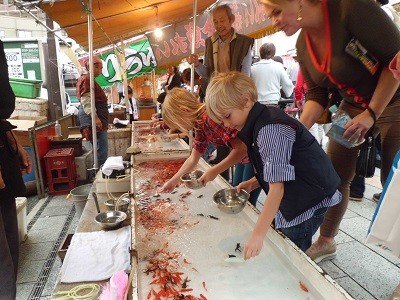

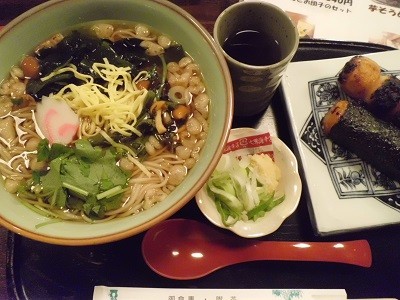
When the floats started to move, we watched some of them. The family had a great time watching the floats going through the old street. The children also enjoyed some games. Though the town was very crowded, we were lucky to find a spot in a restaurant where we enjoyed tasty soba noodles and rice cakes.
Access to Kawagoe
From Ikebukuro, take the Tobu Tojo Line to Kawagoe. It takes 30 minutes by express train.
From Seibu Shinjuku, take the Seibu Shinjuku Line to Hon-Kawagoe. It takes about an hour by express train.
Your Japan Tour
As seasoned Japan experts, we can help you create your perfect Japan tour including guides who can tell you all about Japanese festival culture. The guide can take you to the sightseeing spots of Kawagoe and to the festival if you wish. Check out our group tours and private tours, or contact us to start planning your unforgettable holiday to this fascinating country. Japan is full of once-in-a-lifetime experiences, culture, history, nature, and delicious food!